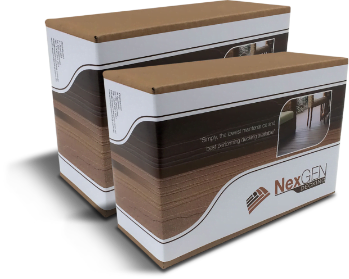So you finally took the plunge and decided to buy your dream home.
Or perhaps you’re transitioning into your retirement and making a permanent tree change. Regardless of what chapter of life you are finding yourself in, you’re probably considering home upgrades to enhance your planned lifestyle while adding value to the property. In terms of practicality and getting the best deal for your Dollorydoo, outdoor decks are a popular and affordable selection.
According to a survey published by Joanna Tovia on Houzz.com, 86 percent of homeowners in Australia consider structural additions such as decks, pergolas, terraces, and verandahs to extend their outdoor living space. One of the most popular natural brown decking materials is Merbau. Merbau Wood, also referred to as kwila, Vesi, and Ipil, it can be identified by Its yellow-orange brown hue of freshly cut hardwood which reddens with age. The timber is found in rainforests located in areas in North Queensland, Malaysia, Fiji, Vietnam, the Philippines, Madagascar, Papua New Guinea, Thailand, Solomon Islands, New Caledonia, Vanuatu, and Samoa. The trees are known to be one of the most durable hardwoods and are well suited for Australia’s climate.
Merbau is resistant to damage from brush fires and does not mould or rot. The majestic trees can grow up to 40 metres in height, with a 0.6 metre trunk diameter and the tops develop a thick canopy that is home to a plethora of wildlife. The beautifully textured surface is in demand for home and marine construction, flooring, furniture, musical instruments, turned objects, and other speciality wood items. This species is not to be confused with Merbau Sapwood, which is white, pale yellow or buff coloured. If left untreated, the sapwood is susceptible to lyctid borer attack.
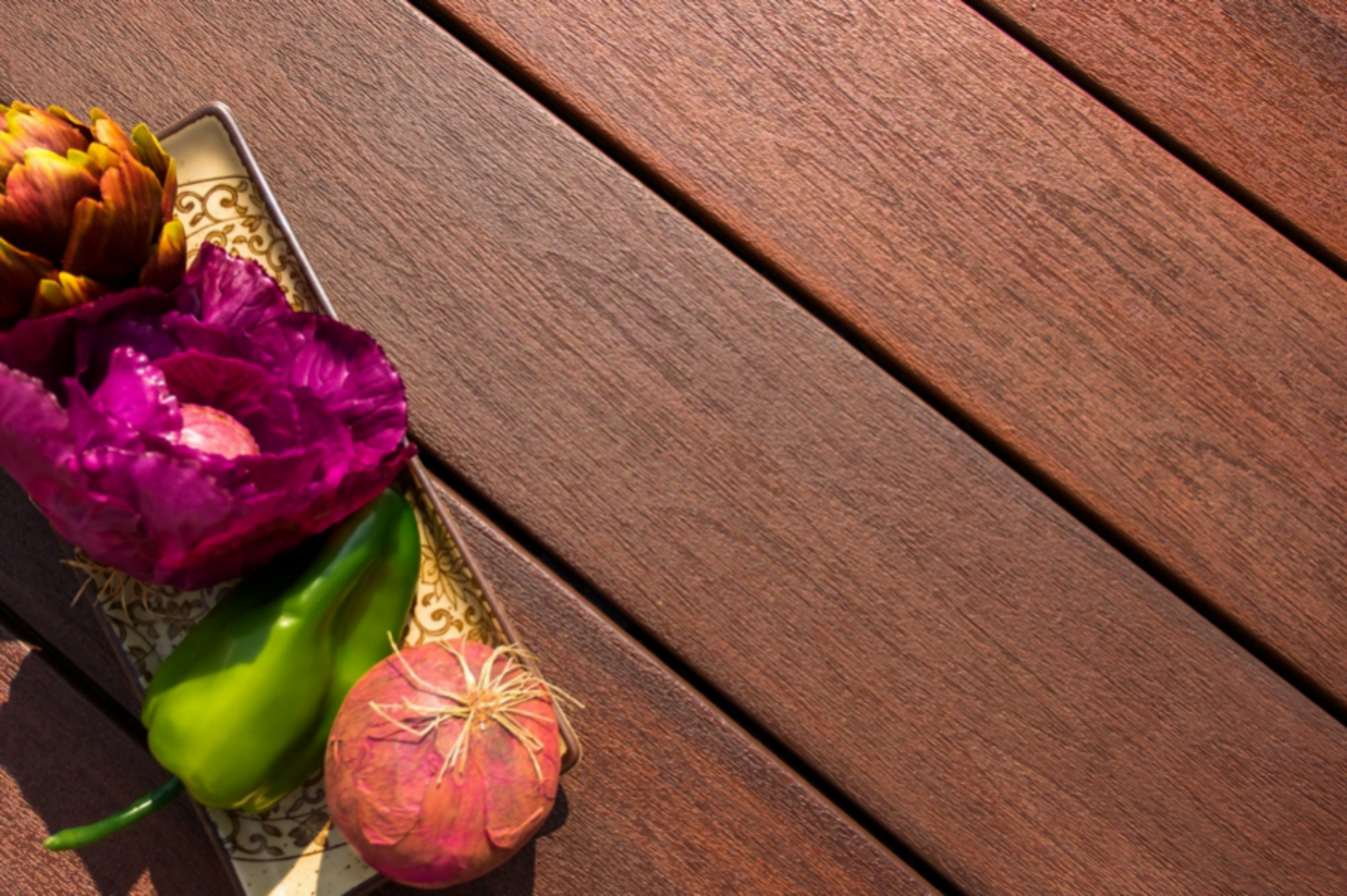
Environmental Impact of Harvesting Merbau
However, the Merbau wood does have a few drawbacks. According to Sara Gipton, former CEO of theForestry Stewardship Council (FSC), Merbau logging is often conducted surreptitiously by unscrupulous loggers who illegally ship it around the world. China is the biggest recipient of the threatened species. From there, it is funnelled to destinations around the globe with some of it ending up in Australia. There’s a number of reasons why global harvesting of Merbau is closely monitored by environmental groups, Endangered Species Biologists, and organisations like the FSC. Merbau is a slow-growth tree. It takes 75 years to reach maturity. For this reason, the rare tree is getting scarcer every day as unsustainable logging practices put the popular lumber on an Endangered Species List by The World Conservation Union’s (IUCN) Red List of Threatened Species. The IUCN classified Merbau hardwood as “…facing a high risk of extinction.” The destructive logging activities are wiping out wildlife habitats as well as contributing to the displacement of indigenous tribes who live in the pristine rainforests. It’s estimated that every year, 1 percent of the remaining global rainforests are being destroyed indiscriminately by these uncaring loggers.
High Maintenance Merbau Wood Requires Your Laborious Attention
Another negative aspect of Merbau decking is its high maintenance which detracts from the time you’ll have to enjoy your new deck. NexGEN Decking estimates that the average wood deck owner spends up to 32 hours a year working on his wood deck. For the Merbau wood deck to last, it’s necessary to oil, stain, and maintain it every year. If left untreated, the elements will take their toll on the surface. Also, Merbau is a very oily material which can leach onto anything it touches. When it gets wet it bleeds onto the soles of shoes, bare feet, and just about any material that comes into contact with it. The resin can easily get tracked throughout the house requiring more labour to clean in-door wooden floors and carpets. Additionally, Merbau wood is susceptible to mould and mildew.
Natural-looking Decking Materials From NexGEN/Fiberon Loves the Rainforests
Fortunately, there are other advanced materials to choose from when selecting your deck. By going with an alternative to constantly diminishing supplies of Merbau the manufactured substitute offers a number of advantages. First, there is no need to forego the luster and beauty of natural wood. Fiberon’s Select Collection of Capped Composite Decking offers the most natural look, feel, and colour palette available on the market today. Fiberon’s Select Capped Composite Collection is the industry benchmark in composite decking. It is manufactured in modern facilities in the USA to exacting standards. Fiberon products are sold throughout North America, and to more than 30 countries in Europe, Asia, Central, and South America.
The Fiberon brand is distributed by NexGEN Decking that’s headquartered here in Australia. Fiberon / NexGEN capped composite decking is similar to the prefinished brown flooring you’d find in the Big Box Home and Garden stores. It comes as a finished product that does not require nails for assembly, making it the perfect DIY home project. . The carefree material NEVER needs sanding, staining, oiling or painting — just an occasional soap and water cleaning. NexGEN/ Fiberon decking is a great no-maintenance alternative to wood. Capped composite deck boards are made of environmentally-friendly composite wood contained in a plastic core. As the materials are recycled from timber mill scraps, locally-sourced plastic, and other recycled materials. The finished product creates a very small carbon footprint in the manufacturing process.
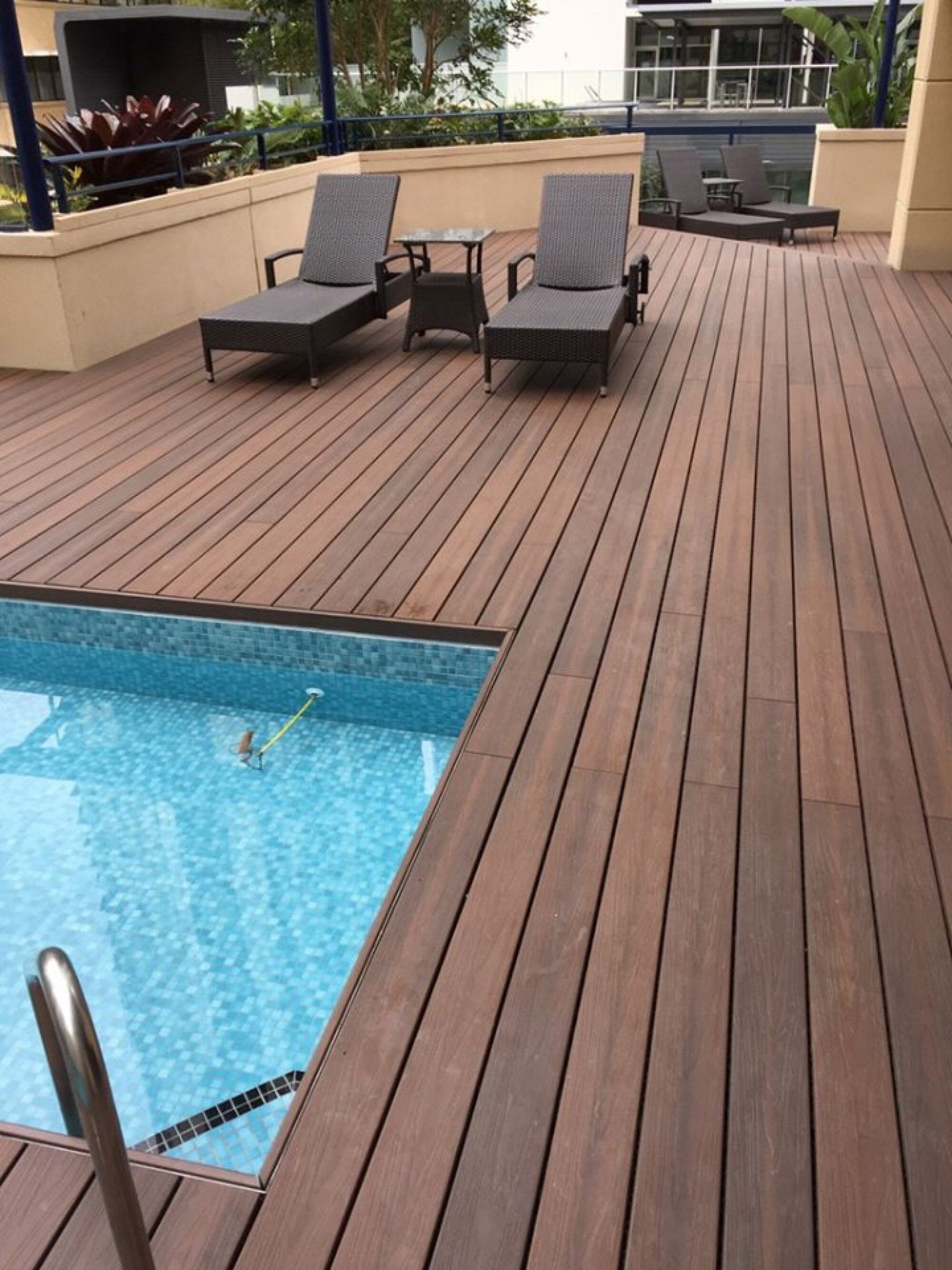
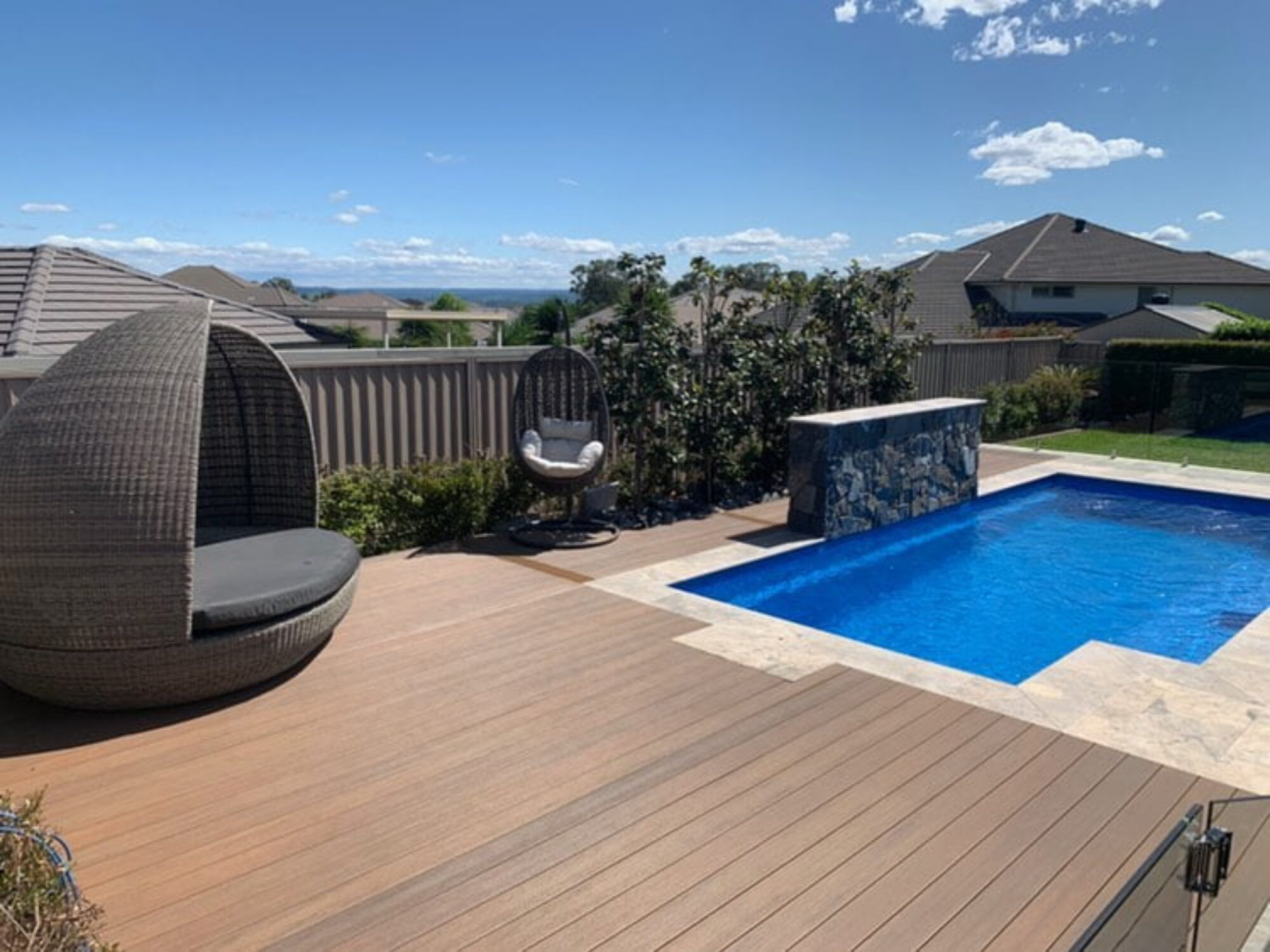
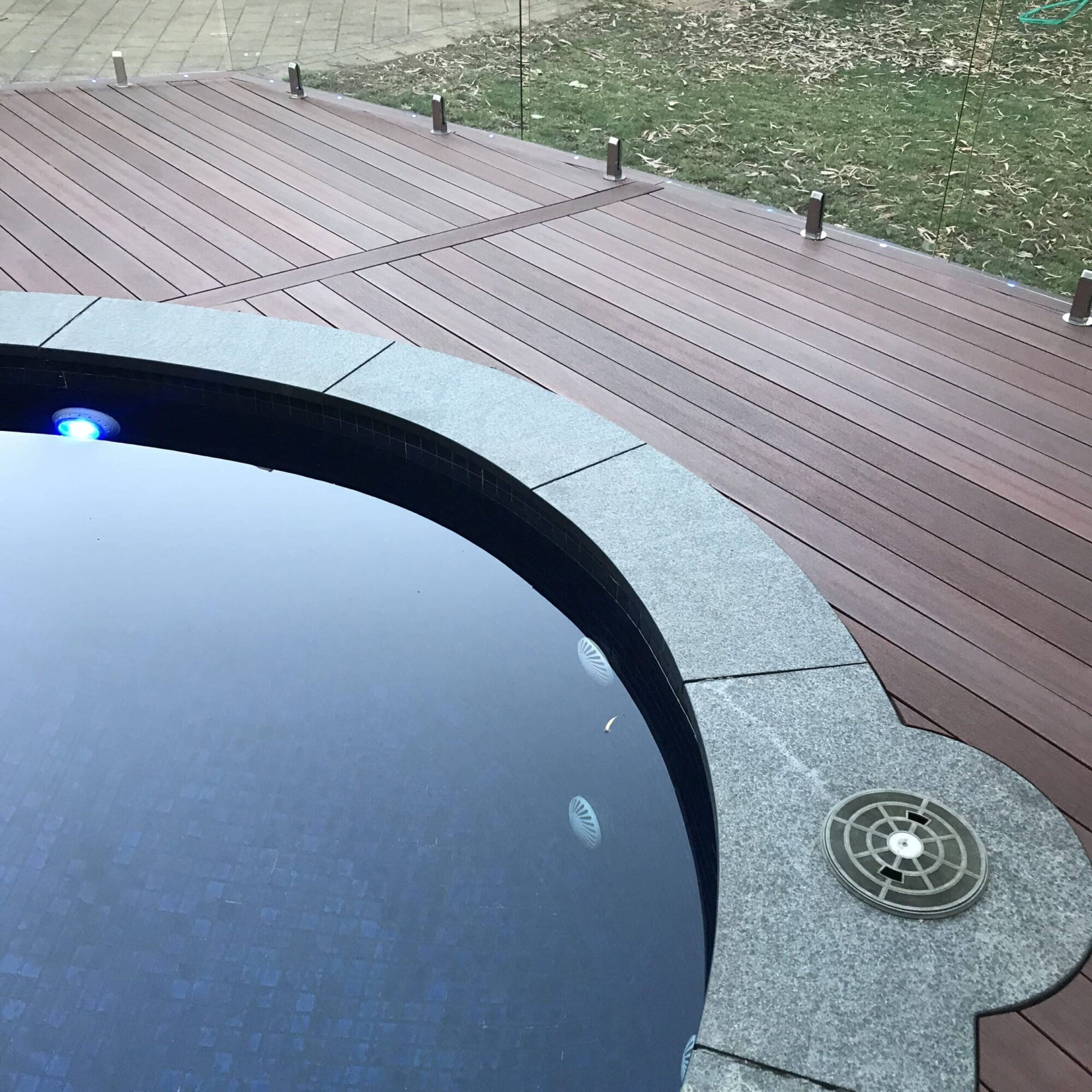
Another advantage to capped composite decking is they don’t splinter or warp, making for a hazard-free surface. The beauty of capped composites is that, with modern manufacturing technology, one does not need to sacrifice aesthetics in order to achieve the natural look and feel of the authentic wood grain. Our decking product perfectly mimics the colours inspired by nature.
The choice of colours offer three great-looking selections that re-create nature’s rendition of;
- Jarrah – Capturing nature’s majestic rich red looks great in any backyard setting
- Spotted Gum – This mesmerising shade of golden brown is highlighted by darker brown streaking that will even fool the wildlife in your backyard
- Acorn – consists of subtle hues of dark and medium-toned browns.
Free Sample Kit Removes the Guesswork
To receive a free sample of the boards, visit the contact. There you can also contact us.
Products
Gallery
Contact
Direct Office Numbers
Adelaide – (08) 6316 0469
Brisbane – (07) 3041 6065
Melbourne – (03) 8672 6444
Sydney – (02) 8072 6220

